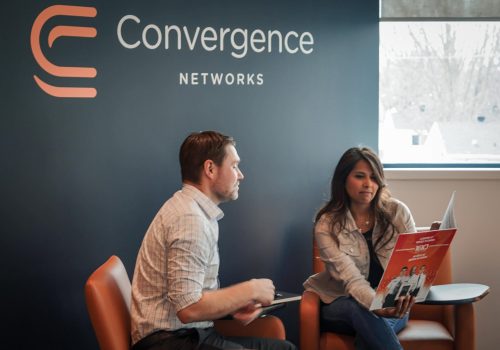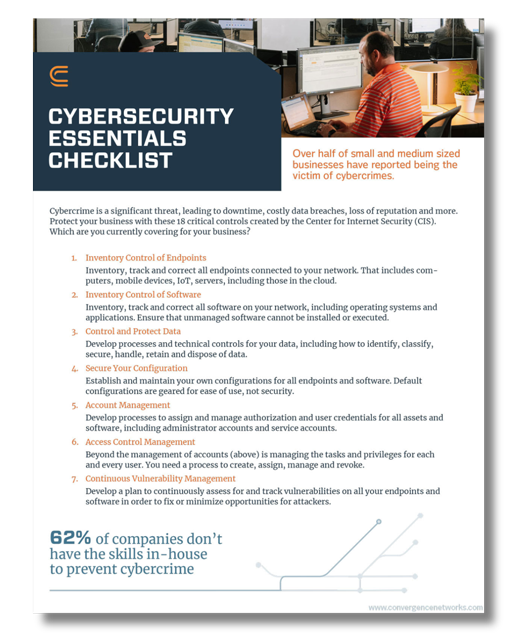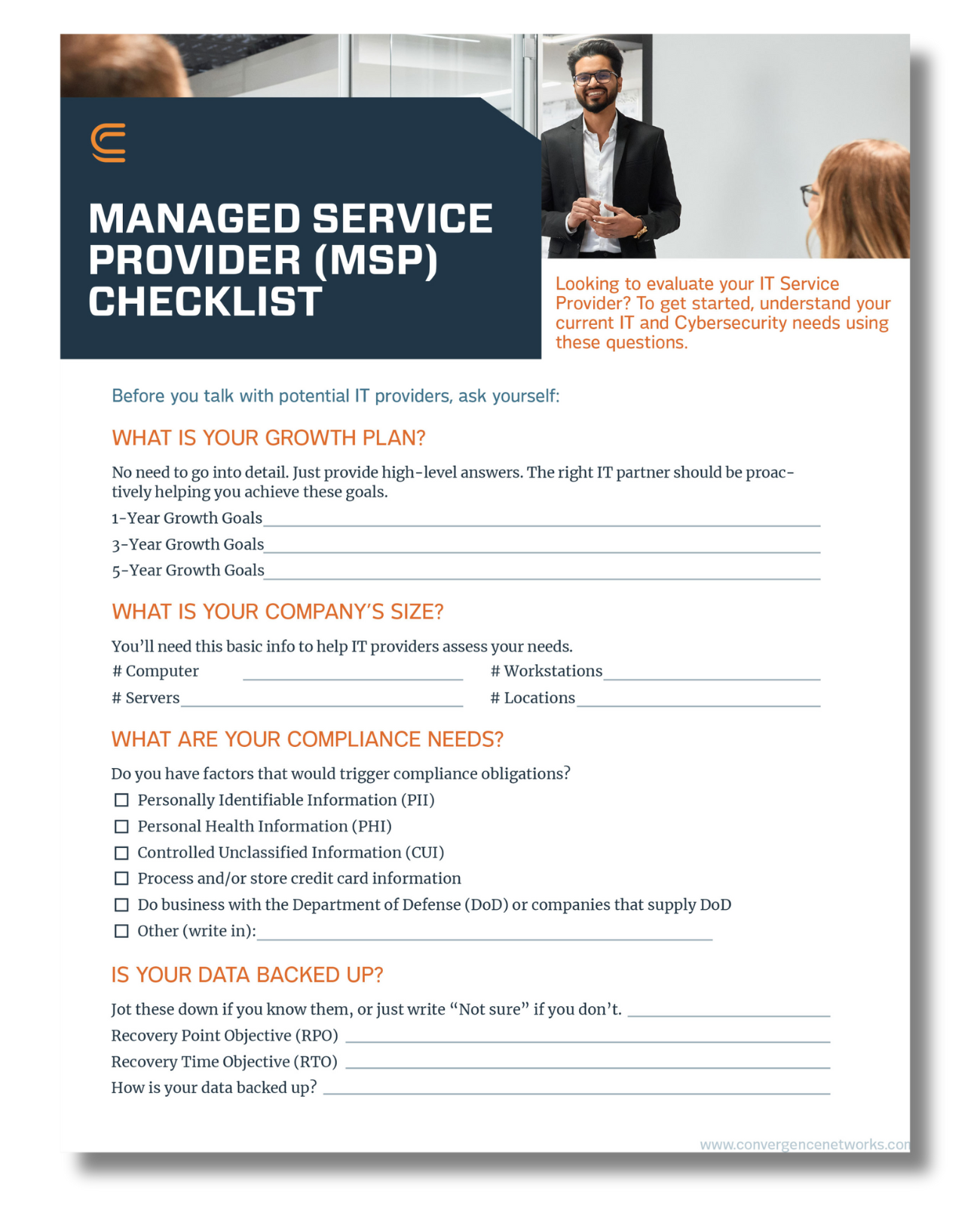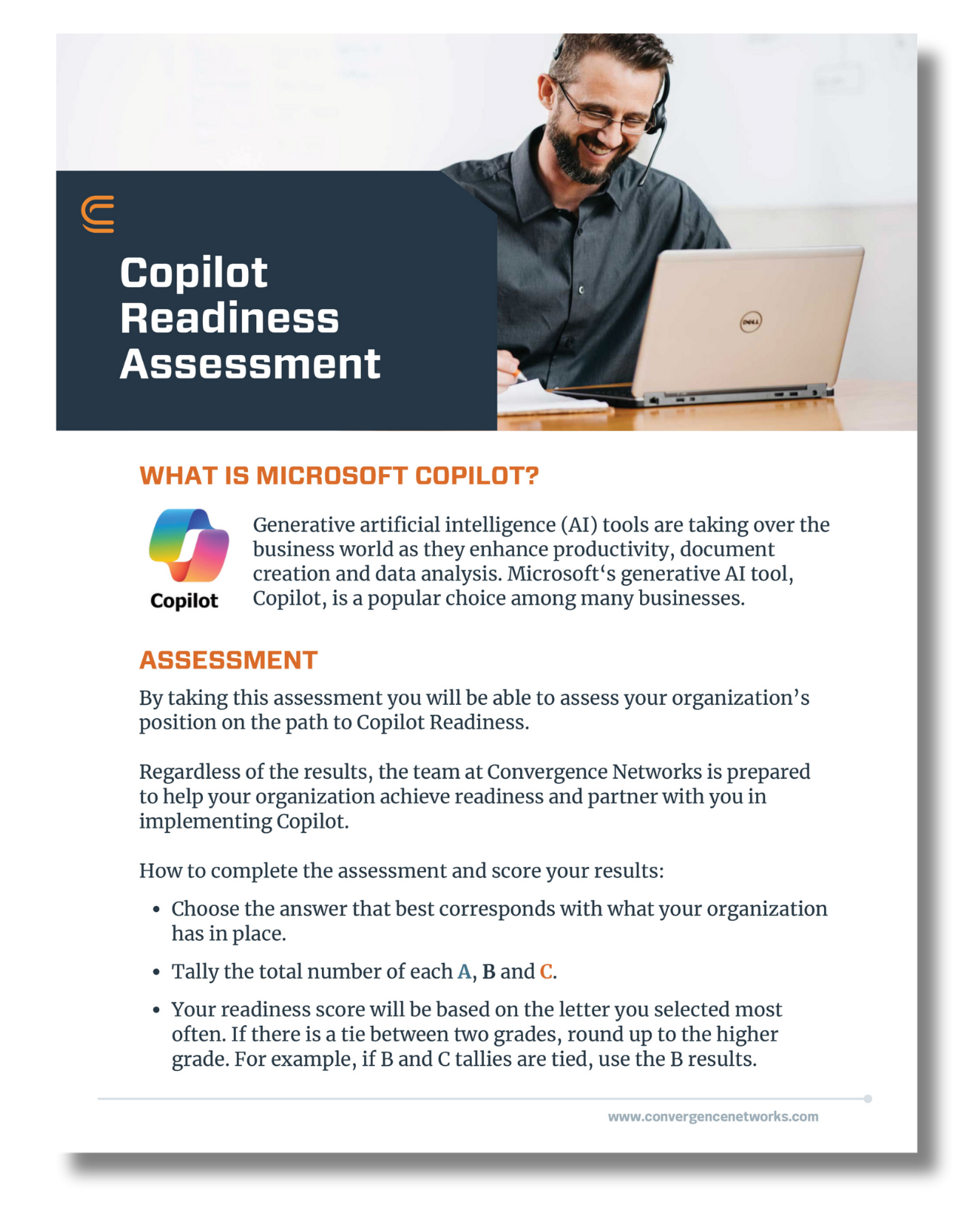As we approach 2025, it’s time to reflect on the challenges and lessons of 2024 and look at what is ahead for cybersecurity.
The Year That Was: 2024
Healthcare in the Crosshairs
One of the most significant cyberattacks in 2024 targeted Change Healthcare, a subsidiary of UnitedHealth Group, in February. The ALPHV/BlackCat ransomware attack exposed the sensitive data of 100 million people, disrupted claims processing, and delayed essential healthcare services. From prescription refills to critical medical care, the real-world impact was devastating.
This incident highlights why cybersecurity is not just an IT issue but a people issue. For more on this attack and its implications, check out our webinar on the Change Healthcare cyberattack.
The CDK Global Attack
Cyber threats didn’t spare the automotive sector either. CDK Global, a prominent technology provider for car dealerships, suffered a significant two-tiered cyberattack in 2024. The attackers demanded tens of millions of dollars in ransom, exploiting vulnerabilities within CDK’s network infrastructure. Operations such as invoicing, payroll management, and inventory updates came to a pause, affecting dealerships’ ability to conduct business efficiently. If you want to dive deeper into this attack and its impact, read our blog on the CDK Global Cyberattack.
Rising AI-Driven Threats
AI continues to transform industries, but it also arms cybercriminals with new tools. While AI-driven cyberattacks are still relatively new and not yet a daily occurrence, their use and potential are increasing rapidly. Threat actors are leveraging AI to craft more convincing phishing attempts and automate reconnaissance, increasing the sophistication and speed of attacks.
John Stephens – Chief Information Security Officer at Convergence Networks, summed it up perfectly:
“The business it’s taken you years to build can be torn down in an instant by a cyberattack.”
This is why proactive defense and regular assessments are more critical than ever.
Code Vulnerabilities on the Rise
2024 saw a sharp increase in disclosed vulnerabilities, with over 39,000 CVEs reported a 36% jump from 2023. From simple URL manipulations to parser bugs causing system crashes, the importance of secure-by-design software and timely patching cannot be overstated.
Yet, patching remains an Achilles’ heel. Many organizations continue to run outdated systems, leaving them exposed despite available fixes.
Predictions for 2025
The Identity Evolution
Identity protection will be the cornerstone of cybersecurity in 2025. With 7,000 password attacks per second and phishing incidents at an all-time high, organizations must adopt phishing-resistant authentication methods like passkeys and better monitoring of identity usage will also be essential to stay ahead of evolving threats.
Increased Adoption of AI Agents
AI agents are expected to play a dual role in cybersecurity: aiding defenders in detecting threats and empowering attackers with more advanced capabilities. Businesses must leverage AI tools responsibly to bolster defenses while being vigilant about the risks they pose.
Addressing Technological Deficiencies
Legacy systems and unpatched vulnerabilities will continue to haunt businesses in 2025. As SMBs increasingly move to the cloud, the need for comprehensive risk assessments and lifecycle management will grow. Proactive measures to upgrade to modern technology will play a crucial role in preventing breaches.
Keeping up with technological advancements has always been challenging, but with the pace of innovation accelerating, it’s becoming even more critical. Hardware-as-a-Service (HaaS) gives businesses the flexibility to upgrade as needed, ensuring they aren’t left behind in a fast-moving technology landscape. Contact Us for more information on HaaS.
Cybersecurity Is a Shared Responsibility
The lessons of 2024 remind us that cybersecurity is not optional. As our Chief Information and Security offer, John Stephens, puts it:
“You wouldn’t build a house without locking doors and windows, so why would you leave your data unprotected?”
Organizations must prioritize security as an integral part of their operations. This includes 24/7 threat monitoring and detection, vulnerability assessments, implementing multifactor authentication, and educating employees about emerging threats.
Not sure where to get started? Reach out to us and our Convergence Networks team will help guide you in creating a solid cybersecurity plan for the year ahead.














